Justice Mukheli
Theodora Lee
Web star
About 125 000 YouTube subscribers
I’ve been in Theodora Lee’s bedroom. I know when she had her first period (on holiday in Spain). In a YouTube post about sexual assault, she admits to having been with a boy who used her “naïve infatuation to get me to do things I did not necessarily want to do”.
Too much information? Not if you’re a young girl wanting to talk about things you can’t discuss with your parents.

Theodora Lee (Photo by David Harrison, M&G)
And young women are exactly who are blowing up Lee’s page views: about 32 000 for “Dealing with periods”, close to 50 000 for “Sex and sexuality” and more than 140 000 for one of her most recent posts, “Losing your virginity”.
Capetonian Lee (23) started posting comic, upbeat videos in 2013.
“This year I felt I wanted to be different. I started becoming a sisterly figure and saw it was kind of working, so I rolled with it,” she says, revealing her business savvy.
She has not reinvented her personality; she’s just showing a certain element of it. “Everyone on social media puts their best foot forward. What’s out there is the bubbly side, with all the energy – the person who’s great at making life choices.”
But the internet can be a dangerous place for young women, even for those bearing good advice and who sing “Hello, lovelies” to greet followers. Lee does get negative comments, but nothing threatening, she says.
“The hardest part is being compared to my brother.” Caspar Lee is South Africa’s biggest YouTube star, with almost 3.5?million subscribers. “Just being called Caspar’s sister … I suppose that’s what I need to work on.”
Nonhle Thema
Television host and actress
About 219 000 Twitter followers
“Twitter’s evil,” says Nonhle Thema.
You can understand why she’d say that when, between 2011 and 2012, people had their pitchforks out for her over her tweets about her wealth – “I’m worth 10-million bucks” and her vicious twars (Twitter wars) with other celebrities.
“I was gaining followers, but I was not happy with myself,” she says. And she admits she was having a meltdown.
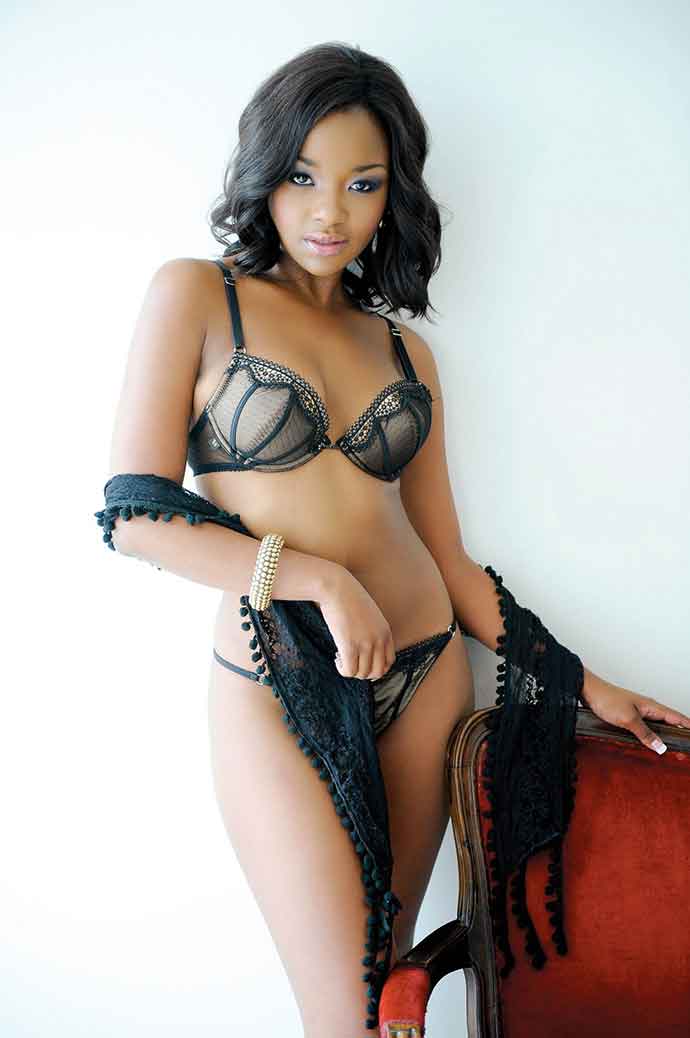
Nonhle Thema (Supplied)
“I was famous at a young age and did not know how to handle it. I didn’t realise at the time people were that interested in me. So social media made me realise the magnitude of Nonhle’s name.”
It gave her confidence to know that people cared, it made her feel powerful, but it also became a horrible space. From that she’s learned some valuable lessons.
“To focus on my grind and not worry about the outside world. To not reciprocate the negative comments; it’s like arguing with air. I know what the machine is.”
By the time she had her daughter at the end of 2012, Thema had reinvented herself. “I’m in a place of wisdom and growth, where I use social media to [benefit] me.”
Today she goes to Twitter for business. “I am there to punt my stuff … and to engage with the people who watch my shows, like e.tv’s music show Club 808.”
Older and wiser, Thema says she sympathises with young celebrities. Her advice: “Be careful. Social media is the devil. I’m not the only celebrity to lose her mind because of it.”
Fikile Mbalula
Minister of sport and recreation
About 114 000 Twitter followers
“I got the news of Senzo’s [Meyiwa] death on Twitter,” says Mbalula. “Twitter has helped me get to news faster; before I read the news I already know the headlines.”
He says it’s also become an essential public relations tool. “I can say I was there at those events that you [journalists] don’t attend and then accuse us [politicians] of not doing our work.”
To know what he does in a day, says Mbalula, you need only follow him on Twitter and Instagram (on which he has more than 35 000 followers). It’s also brought him closer to members of his constituency, who he feels can be open and honest because they can remain faceless.
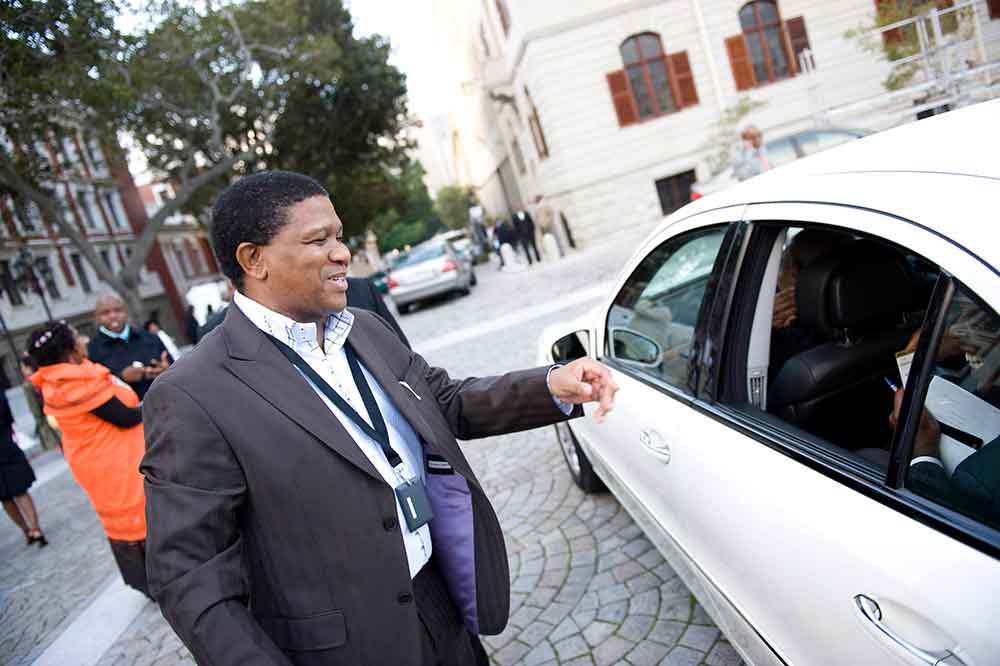
Sports Minister Fikile Mbalula
“But there are lots of clowns, and I won’t spend time clarifying things to buffoons I block you.”
Though being called “the minister of selfies” doesn’t faze him, he does admit to some faux pas.
“In that battle between me and Julius Malema [when he called Malema out for wearing Louis Vuitton], I should not have taken him on personally. I attacked him on what he wears. I played to the gallery, which makes people deviate from the real issues.”
And what does he make of Democratic Alliance leader Helen Zille and her Twitter meltdowns? “I think she’s brave. She’s the leader of the opposition, and among blacks [hers is] the most hated party.”
Twitter is like golf, he says. “It calms you down. You can get there, think you are angry and fight back, and they come back 120 of them [tweets].” To take that on you need courage and a sense of humour. “If you’re sensitive, you’re going to have a heart attack.”
Gareth Pon
Filmmaker, photographer and Instagramer
About 217 000 Instagram followers
For Gareth Pon, Instagram is a movement. He signed up at the end of 2012 as “another creative outlet”. In February 2013 he founded Instagramers South Africa Community.
“That started off in Jo’burg and extended to the rest of South Africa. From there I started getting quite a lot of recognition, which grew my following.”
The fact that Instagram began featuring him a lot on their recommended list also helped. Early this year he was awarded Best Instagramer in Africa in the first annual African Blogger Awards, which recognises influential people on social media.
Now he gets sent product by various mobile brands. A few months ago Grey Goose Vodka invited him to their event with Virgin Galactic in New York. He is also getting international exposure and opportunities to travel. “Most exciting is being part of a project for Nike.”
Another spin-off has been photography and filmmaking gigs, consultations and workshops with various brands.
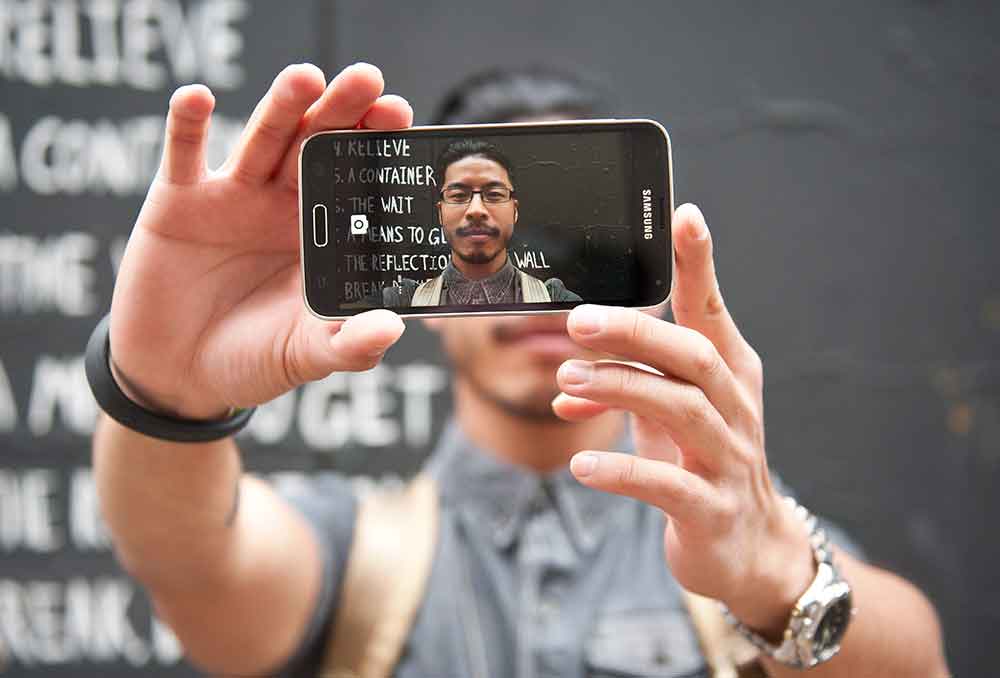
Gareth Pon (Photo by Madelene Cronjé, M&G)
But Pon’s account does not feature much about him.
“I set my constraints. I try to capture people and architecture, a mix of lifestyle and documentary.”
But Instagram has an underbelly, he says. A section of the users will stop at nothing to get the numbers. People will create a false interaction using scripts.
He’s wary, too, of those who are too nice, who will like your work not because it’s good, but because you have many followers. “Luckily, I have good honest friends on my side.”
I See a Different You
A trio of photographers/creatives
About 16 000 Instagram followers
Justice Mukheli, his twin brother Innocent and their best friend Vuyo Mpantsha (pictured above) launched the blog I See A Different You in 2011 to showcase the positive side of Soweto.
“After two months we got emails from people appreciating the work, including one from Diesel, wanting to include us in a campaign.”
The trio started sharing their work on Instagram last year. They are usually at the centre of the pictures, looking dapper in bespoke fashion.
“To be honest, sometimes we do feel narcissistic,” says Justice Mukheli. “But it just made sense that we be representatives of the brand. People would not know what this thing is.”
What is it? Young Sowetans (the twins are 29, Mpantsha 25) wanting to tell their story, to counteract the mainstream narrative of their township as the home of criminals and snot-nosed children.
The trio have left their jobs at an advertising agency to start a production company and a creative agency. They’ve done a TED Talk.
And their images have moved far beyond Soweto to Norway, Tanzania, Uganda, Zambia and Paris. At the time of the interview they were preparing for trips to Mozambique and Nigeria.
The brand is growing. “In 2013 things picked a lot more and in 2014 just exploded,” says Mukheli. Two things stay constant: the trio live, work and travel together and the beauty of their images remain stylish – an arresting clash of patterns with serenity and balance.
Khaya Dlanga
Marketer
175 000 Twitter followers
You might be encouraged to learn that Khaya Dlanga’s first tweet was as odd and awkward as your own.
“I was horrendous, something like, ‘I finally succumbed to cyber peer pressure and became a twitterer’.”
In fact, Dlanga abandoned Twitter twice before he fully came to master it. Already popular on YouTube, he says he loves Twitter for its democratic quality.
“On Twitter anyone is accessible. The fact that prominent people will engage you. The fact that an editor, a politician, can start paying attention.”
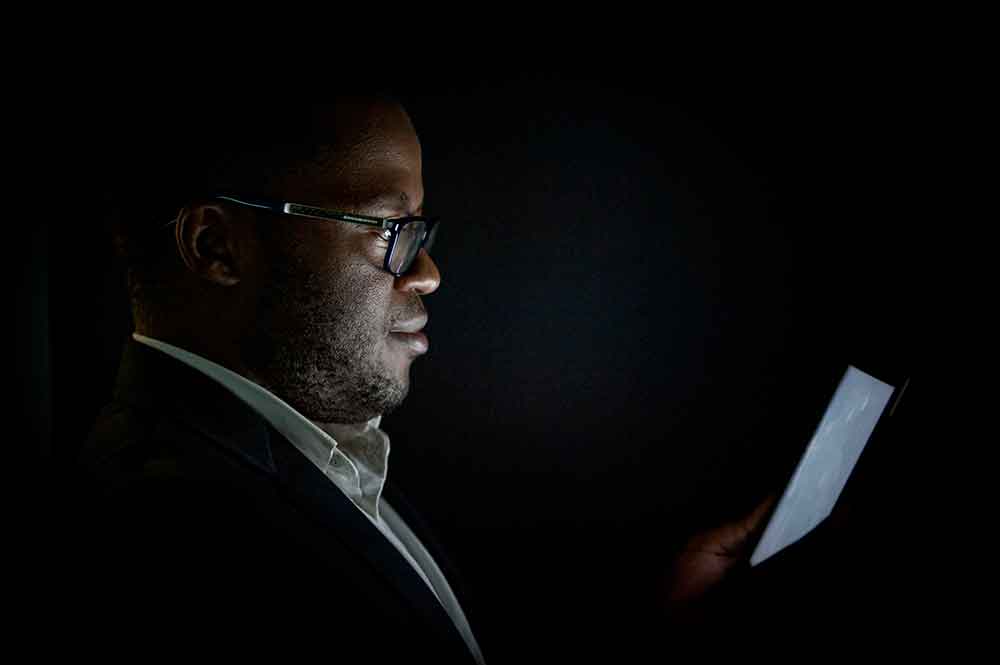
Khaya Dlanga (Photo by Madelene Cronjé, M&G)
That Michael Jordan, then chief executive of FNB, could DM (direct message) Dlanga and ask when he is moving to the bank is testament to this, but also evidence that prominent people know that his tweets carry weight.
Dlanga has become influential.
“I would not have written a book [In My Arrogant Opinion] had I not been on Twitter,” he says.
Twitter has made him popular, but it felt odd to be quoted in mainstream media.
“Initially I thought you’re just talking to your peers. It’s a little bit scary to be honest being called by BBC or Al Jazeera wanting to hear what you have to say.”
His popularity has attracted another type of following, he says.
“A block who feel they probably deserve to have the space and the platform better than I have.” They will pick on one element to challenge a whole argument. “Ninety percent of the time I’ll ignore it.”
He learnt his toughest social media lessons from YouTube, where, he says, 10% of the commentators were profoundly racist.
“I would get death threats,” he says, which makes him sound so ahead of this social media game.
Shaka Sisulu
Social activist
About 60 000 followers
“I have always known the power of social media,” says Shaka Sisulu. “Cheesekids grew out of Facebook.”
Cheesekids is a movement that organises events and activities so young people can volunteer their time and labour to help in local townships and informal settlements.
Sisulu started posting pictures after a day of doing service and many people showed interest. “Then we started taking it seriously.”
It was harder to gain traction on Twitter, though.
“Twitter is a fuck-up when you’re starting,” he says. But he sees it for what it is – a hangout, like Facebook.
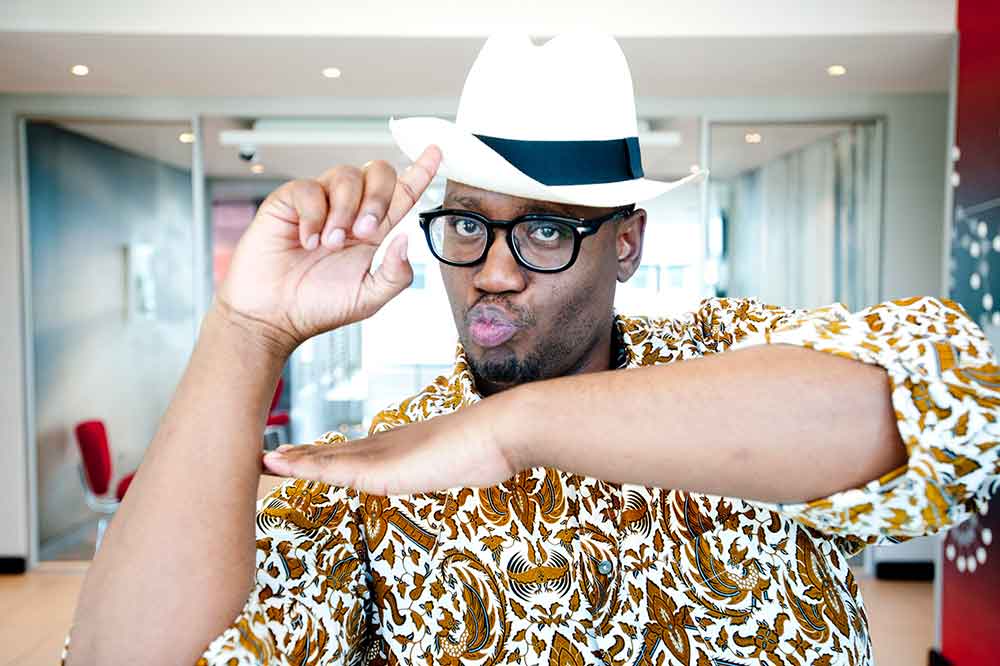
Shaka Sisulu (Photo by Delwyn Verasamy, M&G)
In his first month of tweeting (March 2009) he managed five tweets, compared with his current monthly average of 1 800. As his frequency of posts increased and the tone changed from “dorky Facebook speak to chatty”, he realised that “the trick to Twitter was sharing … sharing stuff that I thought was cool”.
“I don’t use it as a tool of setting an agenda for propaganda. I foster relationships, and have discussions.”
He has done a lot of things off the back of Twitter, such as write a book, The Youngsters.
“Pan Macmillan asked us because we had a social media profile [and] they considered us influential.”
But with many followers comes responsibility.
“As I get a wider and more diverse following, as I take on more jobs I can’t be a commentator in the same way as others. In the beginning I was vocal about everything; now I’m circumspect.”
In Twitter years, he’s an elder; there is a young crop of tweeters coming up.
“The new twelebs are racy, edgy, candid. That’s why they say, ‘black twitter has no chill’. We used to do #TwitterInTheDark in the dark; they do it the whole day.”
Thick Leeyonce
Photographer
About 21 000 Instagram followers
On August 15 Thick Leeyonce, whose real name is Lesego Legobane, posted: “Name one reason why you follow me?” What she got back was pure appreciation: “Because of your positivity and how you empower insecure girls post by post.” “Ur beautiful lips, breast and bum.” “Hips.”
She is all that: #bootyful, #Love-MyCurves #Inspiration, as tagged by one follower.
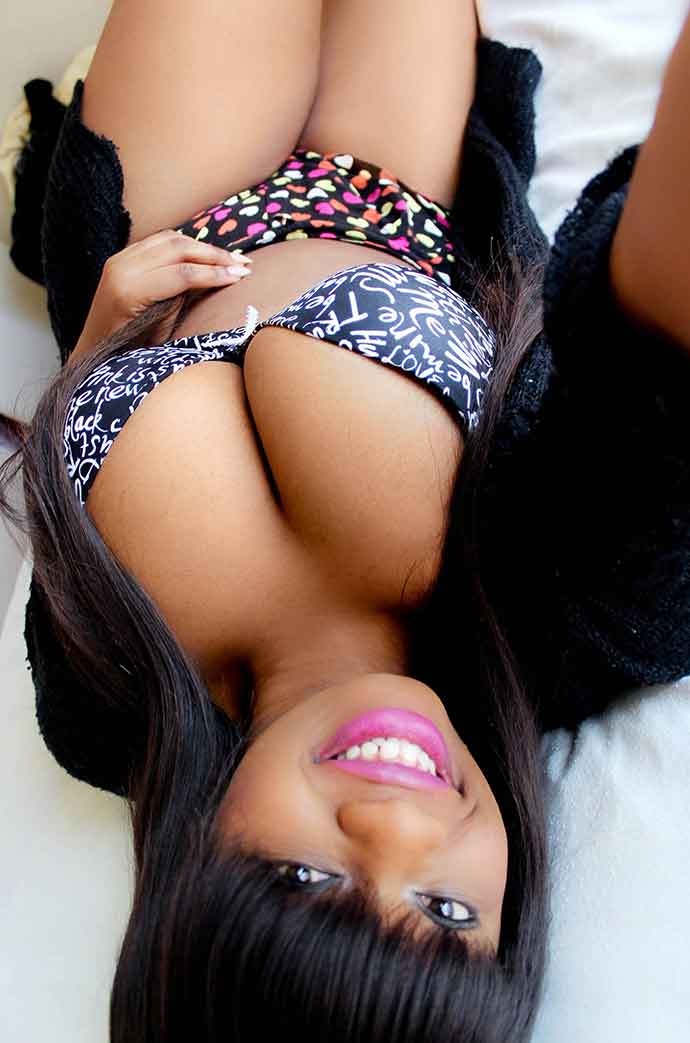
Thick Leeyonce (Supplied)
Legobane joined Instagram in late 2012 to share her personal pictures, and those snaps (just about 127) have earned her over 21 000 followers. But she says she doesn’t let it go to her head. “I already know who I am and what I am about. I am special and I am talented. I do not need any other validation.”
She’s just trying to understand, she explains, what they see when they look at her pictures. What you see as intimate images is who Legobane is every day. “I am not a fan of clothes and covering up.” You’ll also pick up a camera and a sense of rebellion in Legobane’s posts. “I have always been a photographer and always been confident.”
That combination has turned into a career for the 21-year-old student of politics and law. “Honestly, I am just doing it so I have an academic degree.”
She’s shot for True Love and the Sowetan’s Manzi’s Sexiest 2015 calendar. She’s also behind Simphiwe Dana’s album cover.
She admits that the trolls get her down. “Lots will say: ‘You’re fat, cover up’. I try not to let it get to me, but I have feelings …” But the love, she says, always covers the hate.
Nomboniso Gasa
Researcher, writer and analyst
About 16 000 followers on Twitter
When Gasa shot out her salvo of 13 posts to #whitetwitter in November – “1, Listen up #WhiteTwitter, I have a few things to tell your arrogant & ignorant selves …” she knew she would be called angry and racist. “No surprise there.”
She’s delivered her “Twitter lectures” before, Gasa-ing, as it’s now called by some. Her style is direct and pointed: “Dear handlers of Mr Mbalula, please separate him from his smart phone, tablet or computer. Pronto! He is embarrassing himself @MbalulaFikile,” she posted in April.
Gasa says she had no specific agenda when she joined Twitter in 2012: “I wanted to go with the flow.”
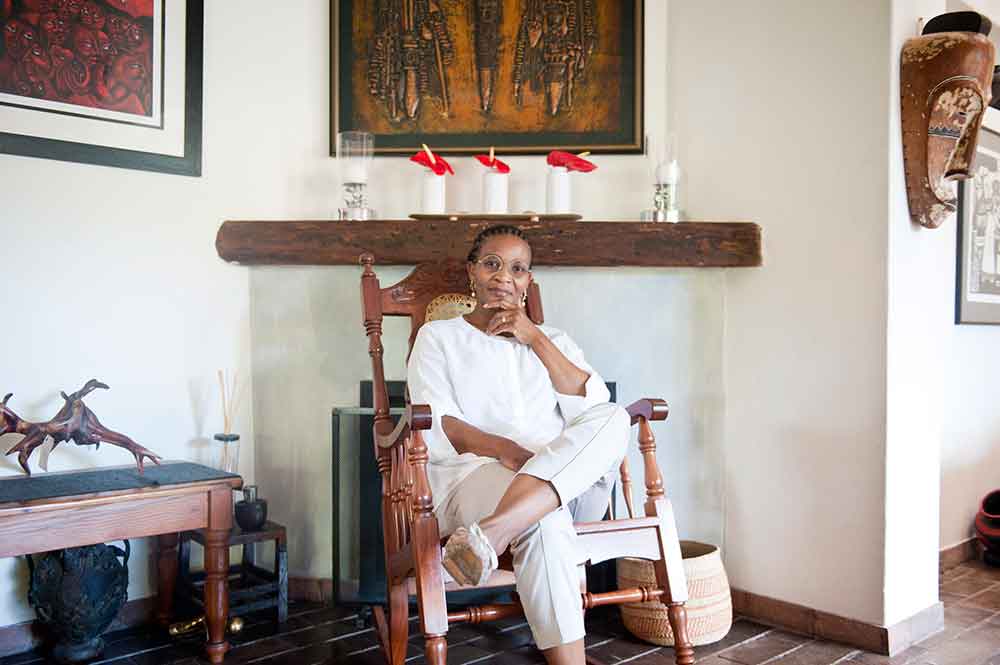
Nomboniso Gasa (Photo by Madelene Cronjé, M&G)
She found she could talk seriously about the subjects that involve her work. “I can have an intense conversation on land, politics, patriarchy … at the same time chat to people about gardening, food, music, share jokes.”
Twitter has exposed her to the “shocking” levels of “race denialism and discomfort with ‘poor people'”. And that many don’t bother about the big issues affecting South Africa. “We tweet about them, but one gets the sense that is as far as it goes.”
Twitter has also shown her the kindness of strangers. Recently she asked for help for a couple struggling with a nonpaying tenant. “Someone took up the issue. I also tagged Deputy Minister of Justice John Jeffrey. He was responsive, helpful and gracious. The couple is still dealing with this issue, but the support has been phenomenal.”
Justin Gabriel
Professional wrestler
About 998 000 likes on Facebook
Justin Gabriel has the biggest following on Facebook, but Twitter (about 600 000 followers) and Instagram (about 55 000 followers) are where he keeps it real. “I love Twitter and Instagram and post stuff regularly, and I find it the best way to interact with fans everywhere and anywhere.”
He joined Facebook for the same reason – to connect with more people – but as he got more popular and successful, since moving to the United States in 2008, things changed. “I stopped using Facebook a few years ago because there are way too many fake accounts.” No matter how many times you email Facebook about it, they do nothing. “Whereas Twitter will have something done within minutes.”
World Wrestling Entertainment runs his Facebook account, and they do great PR with it, judging by the numbers.
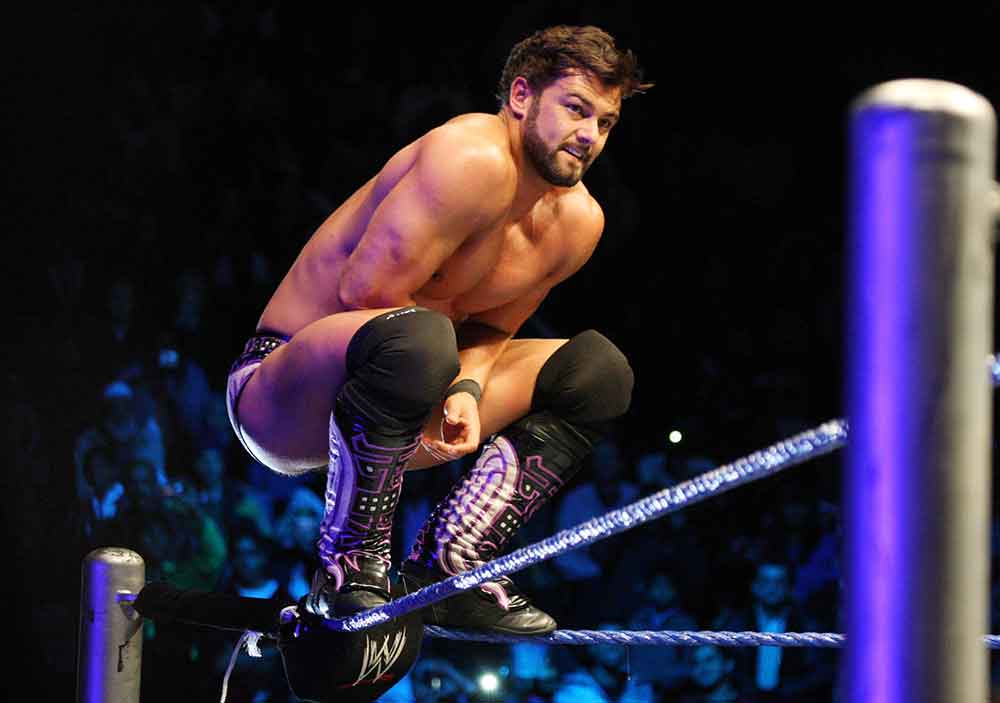
Justin Gabriel (Photo by Nicolene Olckers, Gallo)
On Twitter and Instagram is where he has fun. You’ll find video clips of his hobbies on Instagram, skydiving and motor biking. On Twitter he talks to fans. “Obviously it’s hard to respond to every single person, but I definitely always read every single comment made on Twitter.”
Joonji Mdyogolo is a writer who lives in Cape Town.